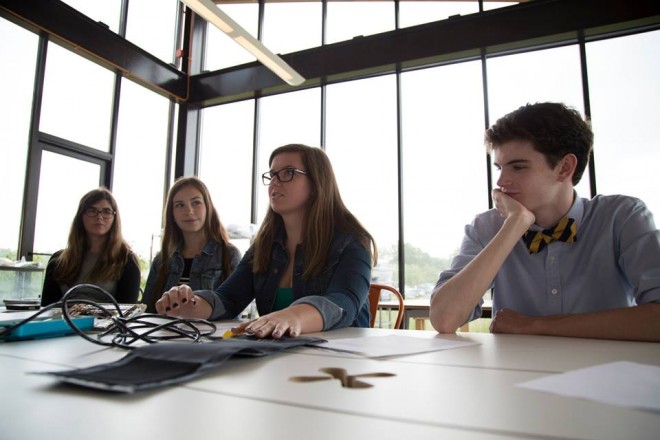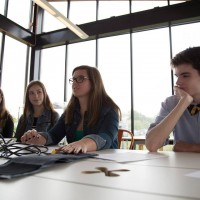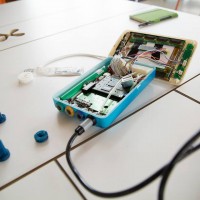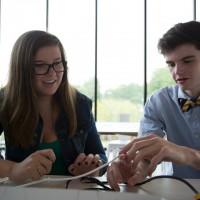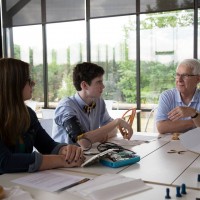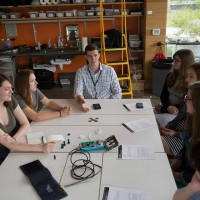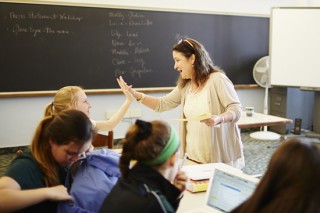In partnership with the World Pediatric Project and VCU, a group of eleventh-grade students at The Steward School (an independent JK-12 school located in Richmond, Virginia) was given the chance for a hands-on project that explored independent research, design, systems thinking and innovative technologies during the spring of 2015.
The WPP purchased blood pressure monitors that were advertised to be used on neonates using a specially-sized cuff in a neonatal clinic on the island of St. Vincent, in the Caribbean. Unfortunately, the cuff that comes with the monitors was too large, and smaller cuffs purchased by WPP did not have a direct connection to the blood pressure machines. To help solve this problem, Steward students researched standard blood pressure cuff monitors, the cardiovascular system of neonates, the quality of life on St. Vincent, and the island’s electrical grid. They wanted to ensure that the work being done would encourage local community engagement and be of long-term value. Once the initial research phase was over, students worked on the design for a prototype connector using AutoCAD, Google Sketchup, and 3D printers.
The students faced numerous challenges, including the limitations of 3D printing technology because the printed connectors were flimsy and broke easily. The students were forced to rethink their plans, and pivot to other solutions. While heavily into the prototyping phase, they learned of an existing solution from the manufacturer of an adult cuff. It came as a surprise that no one had discovered this product, including WPP, showing them the importance of due diligence in the design process. The educational philosophy of The Steward School was central to this project; students realized the value of their work in finding all of the potential pitfalls and eliminating unviable solutions. They embraced that their failures were successes in learning what not to do. And they are hungry for more.
